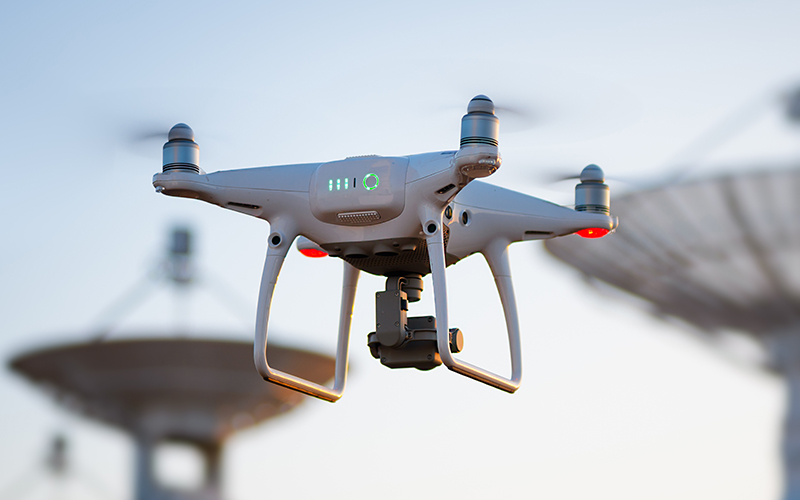Digital Interactive Services
Bracing for an AI and human-ware revolution in IT service management
Information Technology Service Management (ITSM) encompasses a series of functions - service design, implementation, and IT operations. One of the major challenges of servicing existing IT infrastructure is visibility across these functions.
Currently, service desk processes are primarily focused on addressing problem incidents and requests reactively as they show up. In case of a recurring issue, problem management processes identifying patterns are applied to fix the problems permanently. The need of the hour now is to evolve the capability to predict and respond proactively.
Developing and using the human-ware principle of augmenting people skills with software automation is key to integrate analysis in processes for effective management of scale and ever-increasing business needs. Integrating IT infrastructure and application logs with Artificial Intelligence (AI)/Machine Learning (ML) for incident-predictions, along with Natural Language Processing (NLP), can blend the collective experience of service management teams with analytical ability effectively.
AI and ML – ITSM use cases
Here are a few possible use cases of AI/ML and NLP in transforming IT service management:
Incident management
: The majority of problem incidents are caused by changes made by IT. Changes are inevitable in a dynamic environment, which means incidents are inevitable. That calls for a rapid response to correct the ‘change’ and to restore service in the shortest possible time. This is where AI/ML can be leveraged within change management processes to help detect human error and prevent incidents from occurring in the first place.
Problem management
: The key to problem management is pattern recognition. Most of the AI systems depend on sophisticated patterns of learning algorithms to identify specific issues and auto-resolve problems much before they surface. One way to achieve this is by integrating AI/ML layer on top of centralized IT Infra/app log systems to help predict potential problems with possible actions. For example, voluminous logs collected from various strategic points in the infrastructure can be analyzed to anticipate future issues and related solutions.
Chatbots
: In the present challenging situation, where most employees in IT & BPM organizations are working from home, IT service management teams are stretched thin with high volume customer support requests and routine IT tasks. Chatbots with NLP support combined with ML can help in providing real-time answers to frequent support queries from customers. While a user types the issue, chatbots can fetch relevant suggestions from the ML repository.
Pattern recognition for incident prediction
: Most popular ITSM tools today have started providing predictive analytics capability and API integration points with AI/MI solutions. In a competitive business environment, however, where mission-critical activities are performed, any downtime at the client’s end can prove problematic for the service provider. The challenge magnifies when an incident occurs, which has no precedence. AI & ML layers can be easily incorporated with necessary APIs to augment the capabilities of existing systems to arrest such incidents.With pattern recognition technology in automation tools, such an issue can be averted even before it occurs. Users misplacing passwords, for instance, is the most common disruption a service provider has to deal with. Such incidents account for nearly 25% of the service disruptions. If the AI algorithm can read the pattern and predict it when it happens next, it can prevent downtime. The only question remains how do we determine the exact moment when it is set to happen?
These can be accurately predicted by integrating logs of end-to-end IT infra equipment and applications. Adding a correlation engine layer on these logs will help analyze the recognized patterns against historical user behaviour.
AI can also be used to ensure compliance to data privacy laws and regulations of different regions. It can track how sensitive data is being used at various user touch points and can detect any masked or encrypted violation to data privacy laws.
In conclusion, AI provides advantages to ITSM by leveraging correlation and recognizing linkages around various events within the managed environment to resolve incidents automatically. ML and AI solutions in ITSM can help reduce noise, increase productivity, and allow IT staff to focus their energies on high-value activities like innovation and service improvements – by creating smart work environments.






